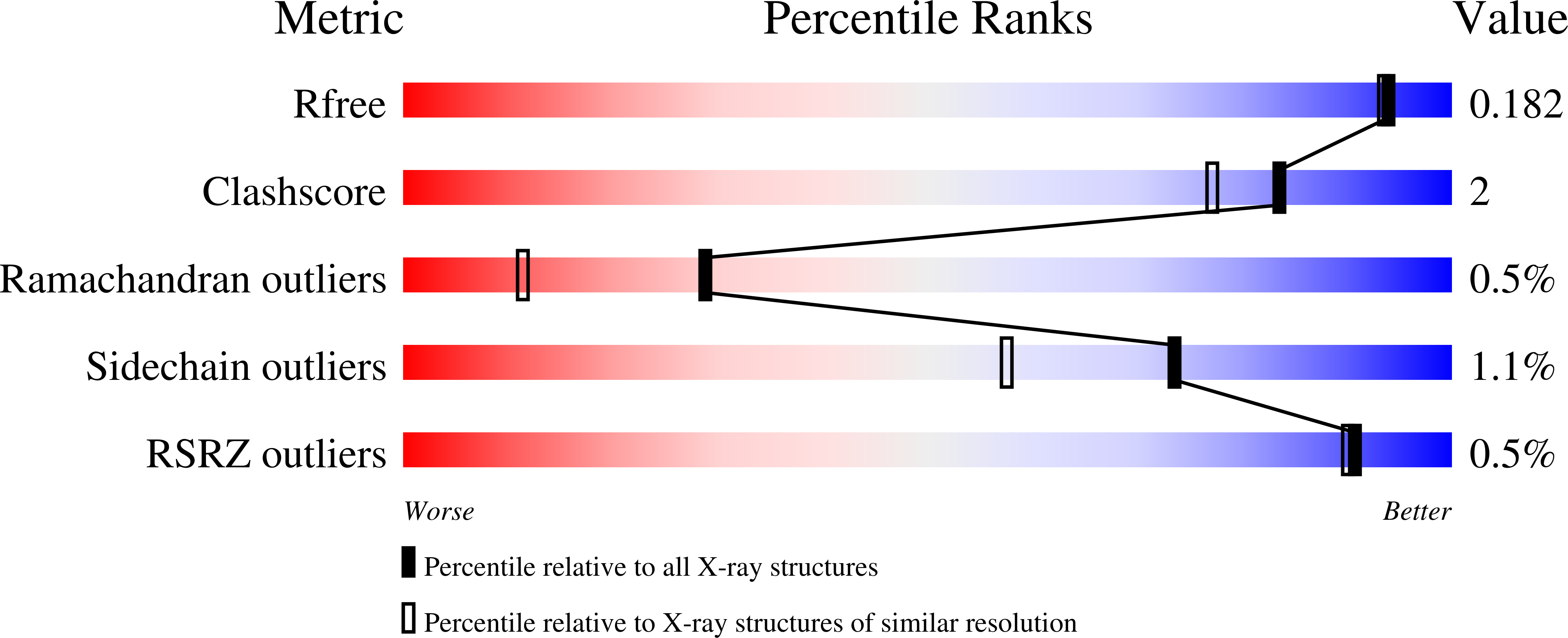
Deposition Date
2019-05-21
Release Date
2019-09-11
Last Version Date
2024-10-09
Method Details:
Experimental Method:
Resolution:
1.60 Å
R-Value Free:
0.18
R-Value Work:
0.13
R-Value Observed:
0.13
Space Group:
P 21 21 21


